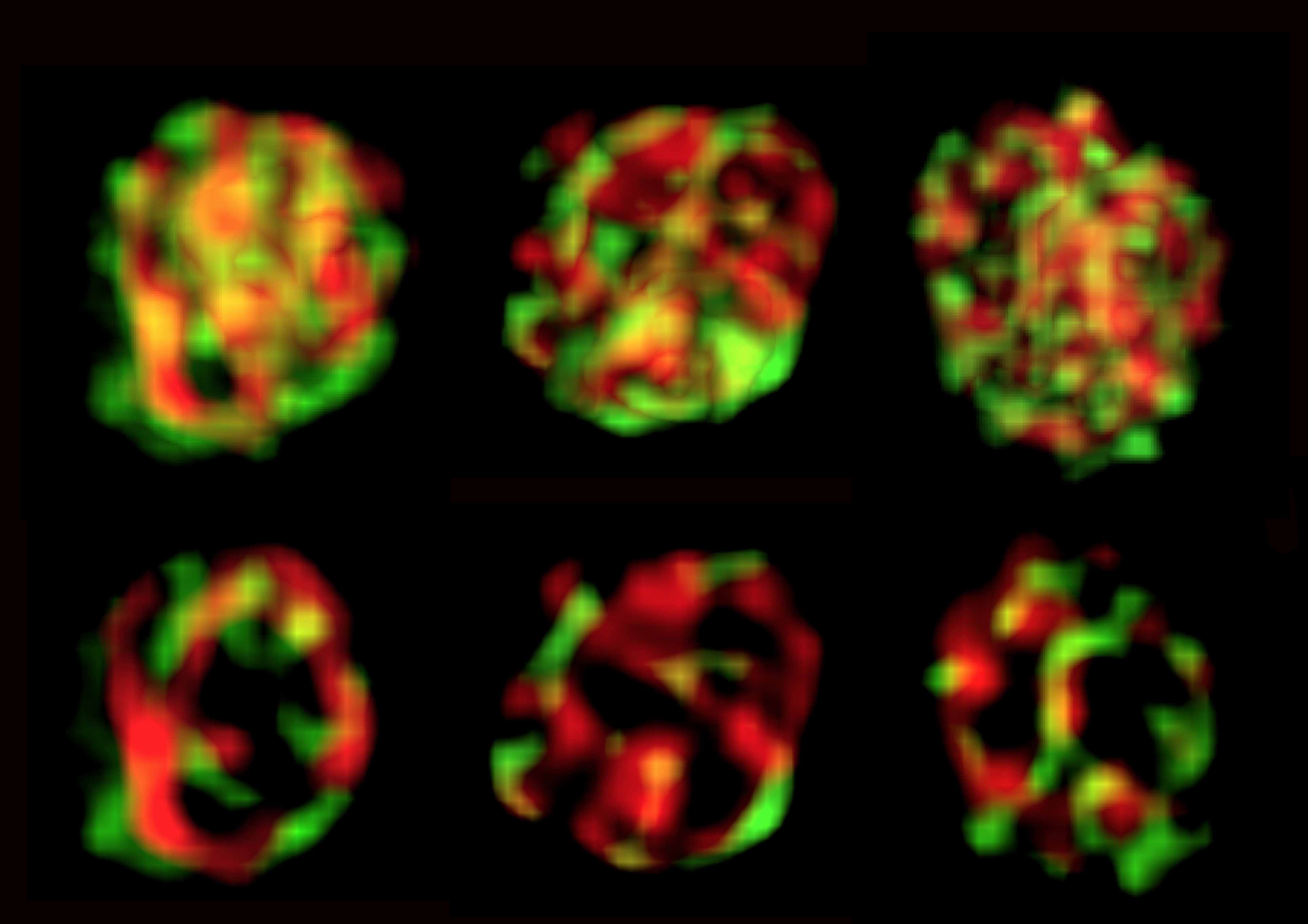UNC Lineberger Comprehensive Cancer Center researchers are working to better understand the cell-to-cell signaling that can cause precancerous polyps in the colon when signaling goes awry. In a study published in the open-access journal eLife, they describe the role of a key tumor suppressor protein called APC in helping to keep cells in the colon crypts from growing out of control.

CHAPEL HILL – Folds in the lining of the colon operate as cell factories that create new cells to replace worn-out intestinal tract cells. That helps the colon maintain its key role in absorbing nutrients and getting rid of waste. But when the factory gets faulty signals, it can over-produce cells and make precancerous colon polyps.
UNC Lineberger Comprehensive Cancer Center researchers are working to better understand the cell-to-cell signaling that, when it goes awry, can cause precancerous polyps in the colon. In a study published in the open-access journal eLife, they describe the role of a key tumor suppressor protein called APC in helping to keep cells in the colon crypts from growing out of control.
“Cells in your body talk with one another, sending signals that tell cells when to proliferate and when they should differentiate,” said the study’s senior author Mark Peifer, a UNC Lineberger researcher and the Michael Hooker Distinguished Professor in the University of North Carolina at Chapel Hill Biology Department. “Key protein machines ensure that cell-to-cell signaling is on in the right place and off elsewhere. What we’re trying to do as basic scientists is to figure out how those machines normally work. This understanding is key to shine a light on what goes awry in cancer, leading potentially to new treatment ideas.”
More than 80 percent of colon tumors start with a mutation that affects the protein made by the gene adenomatous polyposis coli, or APC, Peifer said. APC plays a key role in normally restraining colon cell growth through the regulation of the Wnt signaling pathway. Mutations in APC remove restraints on the protein beta-catenin, which is part of the Wnt signaling pathway. Without those restraints, beta-catenin tells cells to stay as proliferative stem cells in the colon crypt, leading to colon polyps.
In the UNC Lineberger-led study, scientists used new microscope technology to visualize APC. This technology was recognized by the Nobel Prize in Chemistry in 2014. The “super-resolution” microscope allows scientists to see things in unprecedented detail, revealing the internal structure of protein machines inside living cells.
They defined the internal structure of the “destruction complex” formed by APC and another protein called Axin, which normally targets beta-catenin for breakdown. Their work provides new insights into how this key machine operates. It reveals how the APC protein helps target beta-catenin for destruction as part of the Axin complex to prevent cell overgrowth.
“Our work opens up the opportunity to further define how this complex, multi-protein destruction machine works, and to extend this conceptual approach to other multi-protein machines that regulate other important signaling pathways that go wrong in other cancers,” Peifer said.
The first author of the paper was Mira Pronobis, a doctoral student in the University of North Carolina at Chapel Hill Curriculum in Genetics and Molecular Biology. Nasser M. Rusan of the Cell Biology and Physiology Center at the National Heart, Lung and Blood Institute, was a co-author.
Funding for individual authors came from the National Institute of General Medical Sciences (Peifer), the Howard Hughes Medical Institute International Student Research Fellowship (Pronobis) and from the National Heart, Lung and Blood Institute (Rusan).
